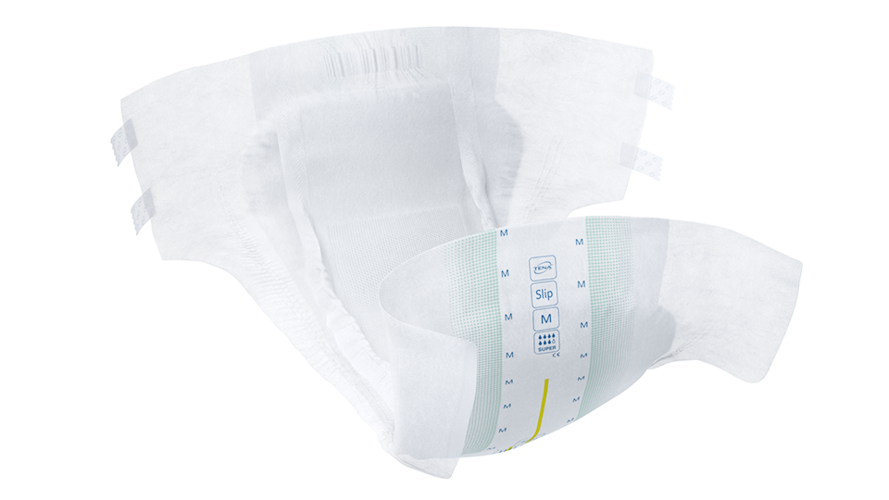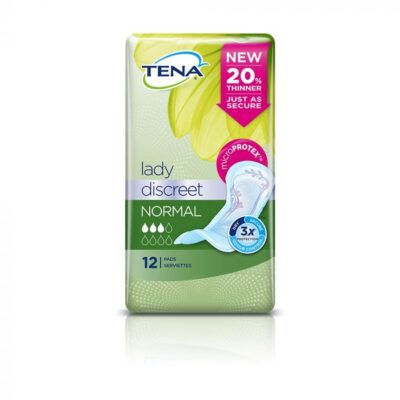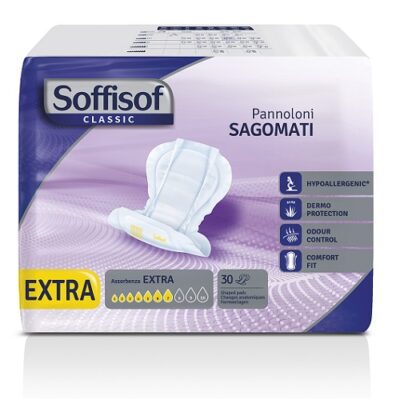When it comes to incontinence, this is something that many people live with and many more will experience. Affecting individuals for many reasons, which range from age to health, knowing what products are out there help significantly. Below, we take a look at the ins and outs of incontinence pads. Incontinence pads are absorbent pads used to help manage incontinence. Coming in a variety of forms, the most popular incontinence pads on the market are those worn inside underwear to soak up urine. Thin and discreet, these can be used by men and women, while other products are available such as pull-up pants and more male-specific incontinence products. However, while incontinence pads are designed for those living with mild to moderate incontinence, there are products available for those that live with more severe incontinence too. These, however, tend to be big and bulky and can be discussed with continence clinics and nurses.
How do incontinence pads work?
Using the same technology as a baby’s nappy, an incontinence pad draws urine away from the surface of the product, helping to keep your skin dry. Alongside helping to draw away urine and keep the skin healthy, incontinence pads work to prevent odours forming. Overall, the main job of incontinence pads is:
• To contain leaks
• Be discreet
• Prevent odours
• Keep skin dry while reducing irritation
• Provide comfort while being worn
What types of incontinence pads exist?
Like many products, incontinence pads aren’t a one type suits all situation. And, while the size will all depend on the wearer, below, we’ve outlined the various types of pads you can choose from.
1. Small shaped incontinence pads: these are for those living with light to moderate incontinence and are small and discrete to ensure they fit into your regular underwear.
2. Large shaped incontinence pads: made for those with moderate to heavy incontinence, these can also be worn discreetly inside your regular underwear.
3. Insert incontinence pads: these are used to help increase absorbency inside protective products, such as washable pants. They can also be worn as light incontinence pads by themselves.
4. All in one incontinence pads: coming in designs feature tabs or a belt, these are recommended for those living with heavy to severe incontinence.
5. Incontinence guards: made specifically for men, these can be placed comfortably into the front of your underwear as they are contoured to fit snugly around your anatomy.
How to use an incontinence pad
Most incontinence pads can be worn inside your underwear. For women, these can be worn much in the same way as a sanitary towel. However, it’s important not to use one of these in place of an incontinence pad as they’re not as absorbent. Some incontinence pads will feature adhesive strips to help keep them in place, while incontinence guards can be placed in the front of the underwear. One mistake a wearer can make when it comes to incontinence pads is failing to activate the leakage barriers on the side. By not doing this, the pads can leak while being worn, failing to protect you. Therefore, it’s important to adopt the ‘pinch, pinch, pull’ method to ensure the barriers are activated and no leakage occurs. Generally speaking, those wearing incontinence pads should look to change them every three to four hours. This should ensure that your skin stays fresh, however, everyone will be different depending on the level on incontinence.
What materials are used?
As incontinence pads are much like a baby’s nappy, as mentioned above, they feature a ‘hydrophobic’ layer. This is the layer that works to draw the urine to the surface away from the skin. However, these products are made of many layers to ensure absorbance, comfort and discretion. The layers often alternate between a quilted fabric and plastic or polyurethane that can’t be penetrated by liquid. And, while everyone’s size and fit will be different, incontinence pads are usually made up of the following:
1. Top dry layer – this helps keep the surface dry, which is good for your skin and comfort.
2. Fluff – the long fluff fibres help to spread the urine through the pad, preventing it from staying in one concentrated spot.
3. Super absorbent polymer – this material is extremely innovative as it can absorb 33 times its weight in liquid. This reduces the amount of fluff needed, helping to make the pads smaller and more discreet without compromising the quality.
4. Waterproof textile back sheet – providing a soft texture, this is also extremely waterproof.
5. Wetness indicator – this will let you know if your pad needs changing or not.
It’s important to remember that when it comes to incontinence pads, you should choose one that’s right for you. And, while this can take some time to discover, if you need any advice please get in touch. You can do this by calling us on 01204 895410 between 9 am and 5 pm Monday – Friday and one of our members of staff will be more than happy to help. Alternatively, you can use the enquiry form here, and someone will get back to you within 24-hours.





